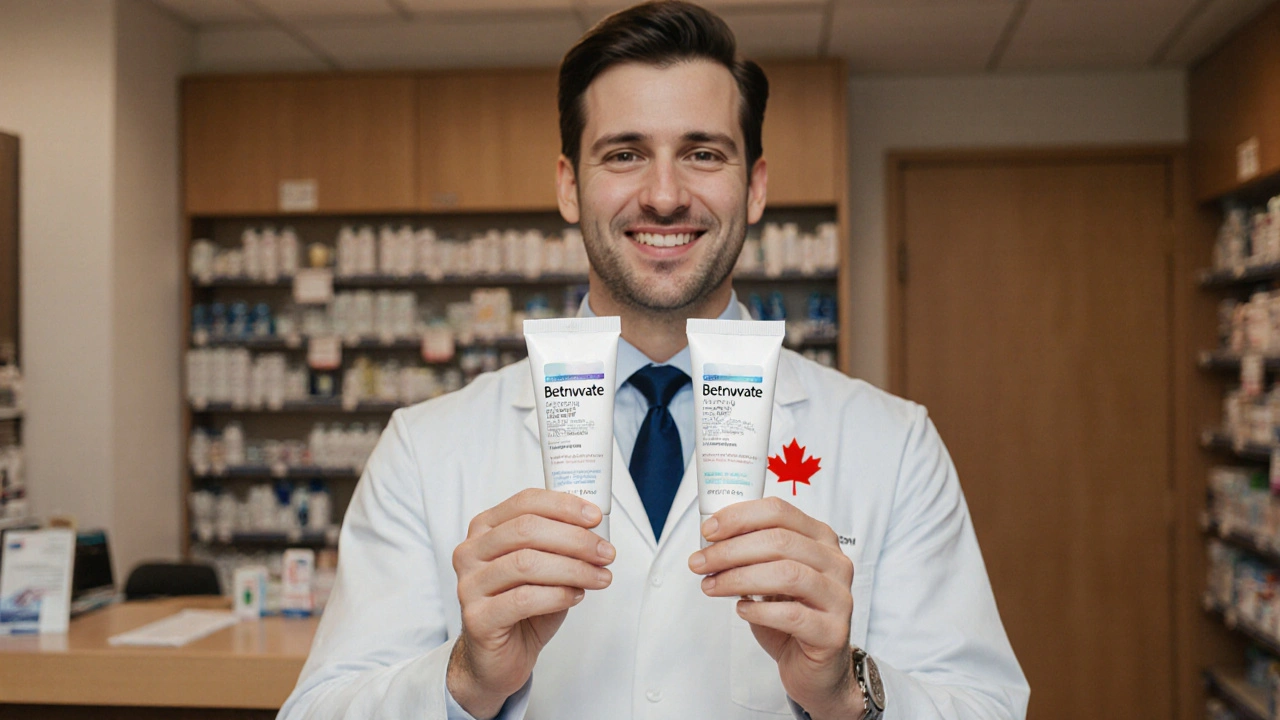Skin Inflammation Treatment: Quick Relief Tips You Can Use Today
Got red, itchy patches that just won’t quit? You’re not alone. Skin inflammation shows up as eczema, dermatitis, or simple irritation, and it can turn everyday life into a discomfort marathon. The good news is you don’t need a PhD to start feeling better. Below are easy steps you can take right now, plus a quick look at when you should call a professional.
What’s Behind the Redness?
First, understand why your skin is flaring. Common triggers include dry air, harsh soaps, stress, and even certain fabrics. Allergens like pollen, pet dander, or food additives can also spark a reaction. If you notice a pattern—say, a flare after a new laundry detergent—it’s worth swapping it out.
Inflammation also happens when the skin barrier gets cracked. That barrier is the skin’s natural shield, and when it’s weak, moisture leaks out and irritants rush in. Moisturizing often feels like a simple step, but using the right product can rebuild that shield fast.
Everyday Solutions to Calm the Burn
1. Moisturize while damp. After a shower, pat skin gently and slather on a fragrance‑free cream or ointment within three minutes. The moisture trap helps lock in hydration.
2. Cool compresses. A clean, cool washcloth applied for 10‑15 minutes can shrink blood vessels and ease itching. Do this a few times a day if the flare is intense.
3. Over‑the‑counter (OTC) options. Hydrocortisone 1% creams are a go‑to for mild to moderate inflammation. Apply a thin layer twice daily, but avoid using it for more than a week without a doctor’s guidance.
4. Gentle cleansers. Skip antibacterial soaps and scrubs that strip oils. Look for products labeled “for sensitive skin” and use lukewarm water—not hot.
5. Avoid scratching. It may feel impossible, but scratching breaks skin further and invites infection. Keep nails trimmed and consider wearing cotton gloves at night if you tend to scratch in your sleep.
6. Lifestyle tweaks. Reduce stress with short walks, breathing exercises, or quick meditation. A balanced diet rich in omega‑3 fatty acids—think salmon, walnuts, flaxseed—can lower overall inflammation.
7. Natural soothing agents. Pure aloe vera gel, colloidal oatmeal baths, or a thin layer of honey can calm irritation without chemicals. Test a small area first to ensure you don’t react.
8. Prescription help when needed. If OTC creams don’t help in a week, or if the skin is blistering, oozing, or spreading rapidly, see a dermatologist. They may prescribe stronger steroids, topical calcineurin inhibitors, or oral meds like antihistamines.
Remember, the skin loves consistency. Pick a routine and stick with it for at least a week before judging its success.
In short, treat skin inflammation with gentle care, lock in moisture, and use the right OTC products. When home tricks fail, professional help is the next smart move. You’ve got the tools—time to give your skin the break it deserves.
Betnovate (Betamethasone) vs Alternative Steroid Creams: Comparison Guide
A detailed comparison of Betnovate (betamethasone) with other topical steroids, covering potency, uses, side effects and how to choose the right cream.

